Napier started out just being a stopping point between Wellington and Hobbiton…I mean Matamata. We talked about going up to Rotarua, famous for geothermal mud baths and a Maori village, but the more we read about it, it seemed a little too much like Queenstown in regards to crowds and craziness. So we made Napier a two-night stop, giving us a full day to explore.
We like to break up driving days with a couple of stops to stretch the legs. That Sunday was rainy and dreary, but we still managed to stop in Rivendell. Something we’ve noticed is that most places don’t advertise that they were filming locations, we suspect to protect them from hordes of tourists (like us). But a small regional park north of Wellington is happy to show you where the Rivendell scenes were filmed. None of the original structures remain, but you can see where they had been, and they erected a small version of the archway the Fellowship passes through when departing Rivendell on their way south. Of course they are barely recognizable because most of the Rivendell landscape was filmed in other locations and edited into the movie.

Napier is known for its Art Deco architecture. Back in early 1930’s, the city was destroyed by an earthquake, which also added significantly increase the area of land when a big chunk of ocean floor was uplifted by the quake. Anyway, most of the city was rebuilt all at once and because it was the style of the times, Art Deco became the predominate style. In more recent years, the city has embraced street art and has some nice murals, including on the police station. The climate there is really great, fairly consistent throughout the year. Our AirBnB hosts’ gardens were amazing.
Another thing that does great in that climate? Grapes.
Hawkes Bay is another of New Zealand’s wine regions, and I’m really glad we had an entire day. Unfortunately, a number of wineries I was hoping to visit were closed on Mondays. Bummer. But, we were able to get to two of them—Te Awara (?) and Clearview. The former didn’t really have anything notable except some fun labels, but Clearview had a really nice cellar door and a wide range of wines, all of which were quite good. When I think of New Zealand wine, it is generally whites (Sauvignon Blanc in particular) and some Pinot Noirs. While Clearview has some very tasty whites, it was the reds that really grabbed my attention—the Syrah and Malbec in particular—some of which will be following me home to Bowling Green.
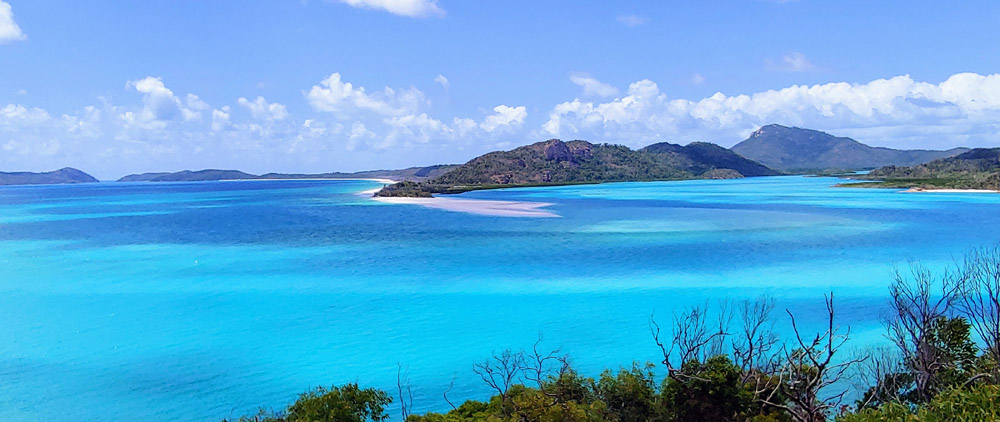
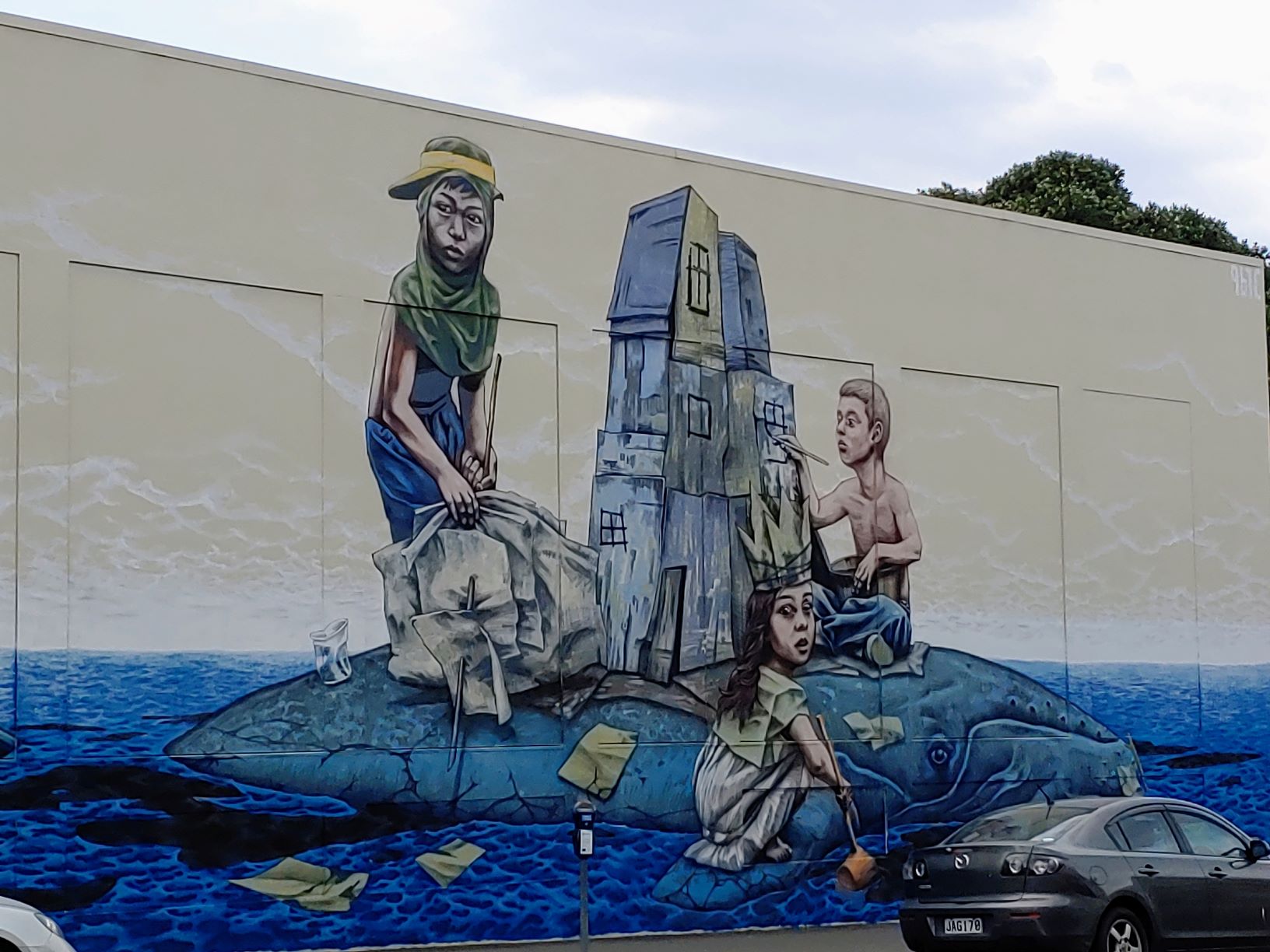
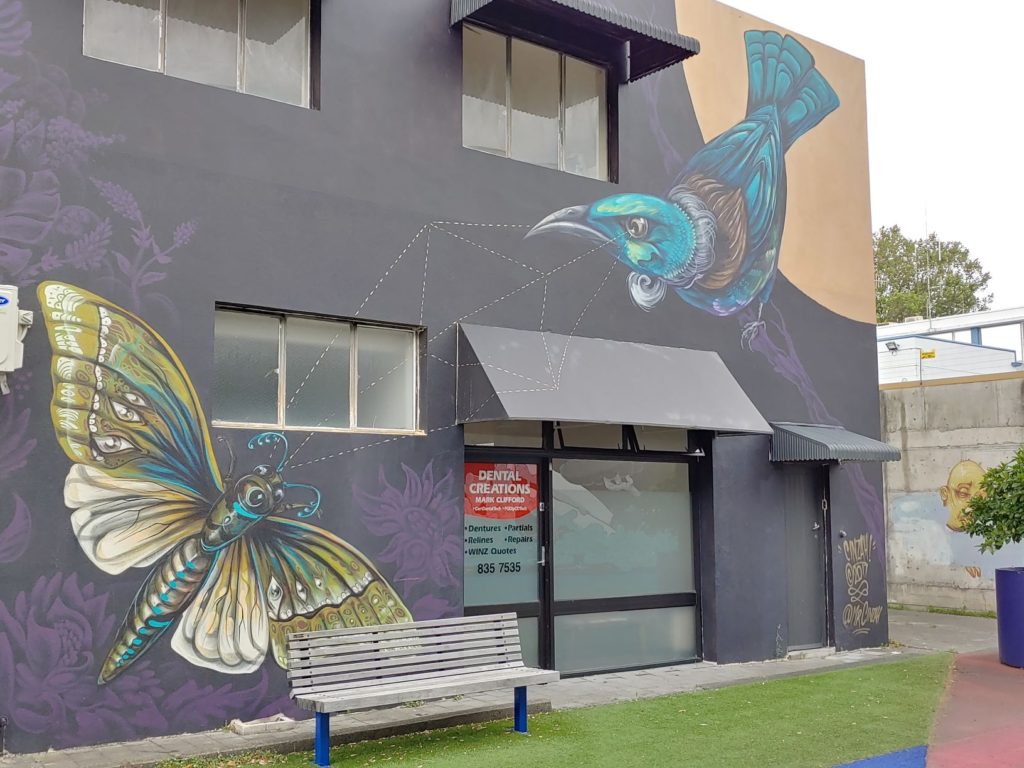
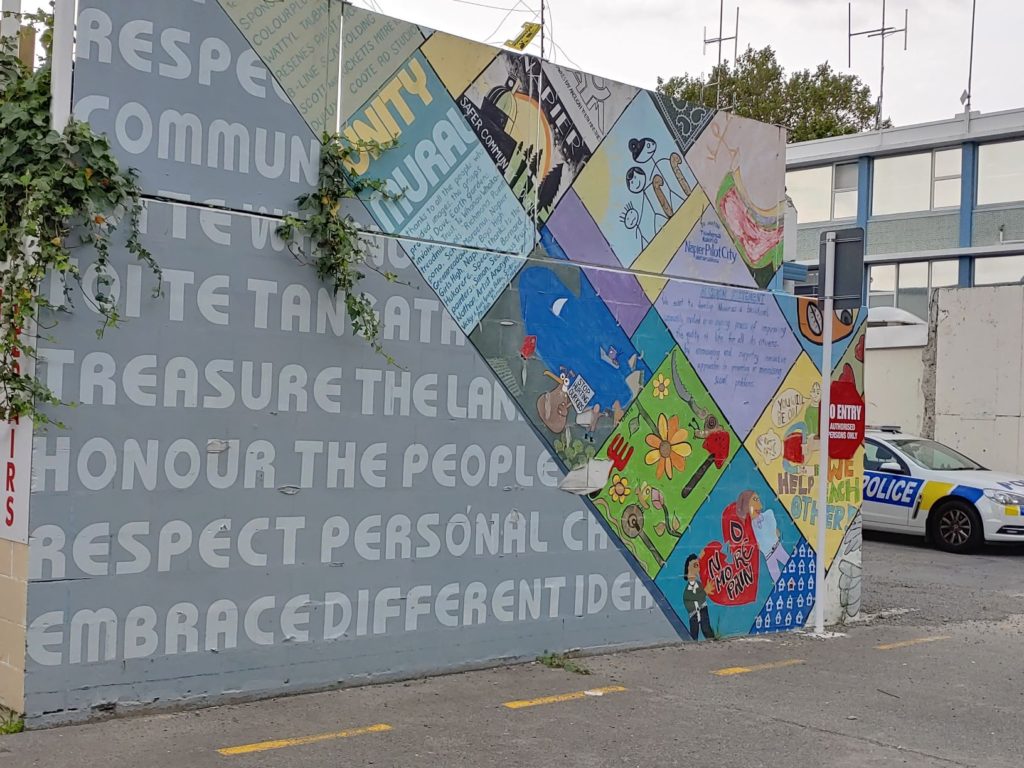

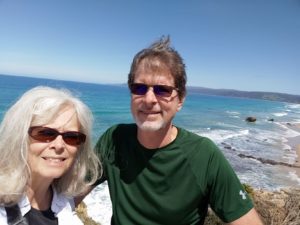
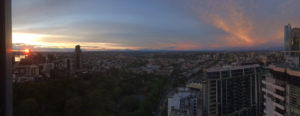
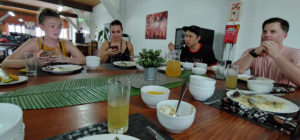
No comments! Be the first commenter?